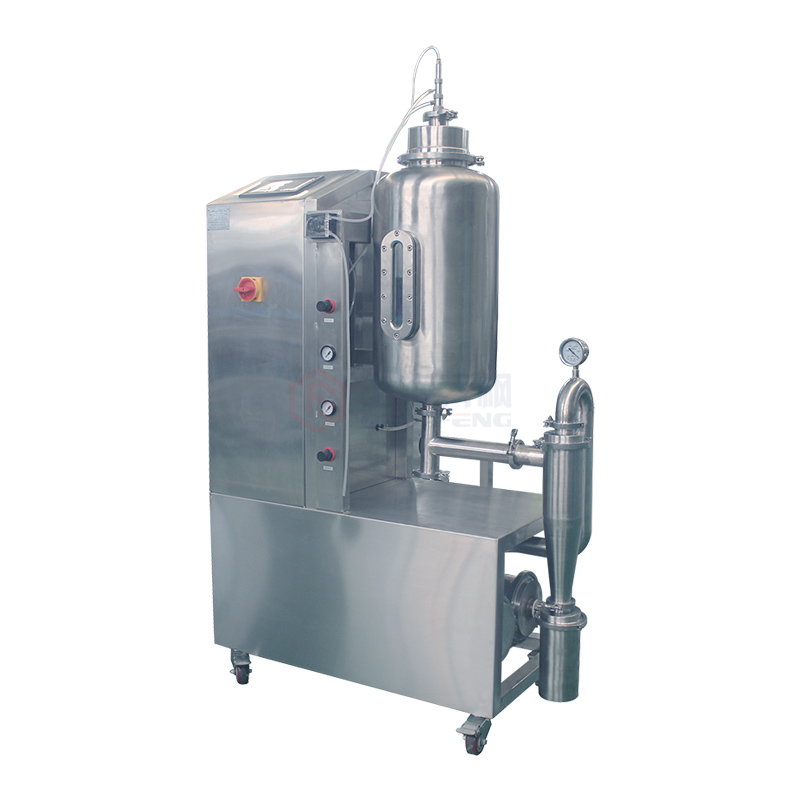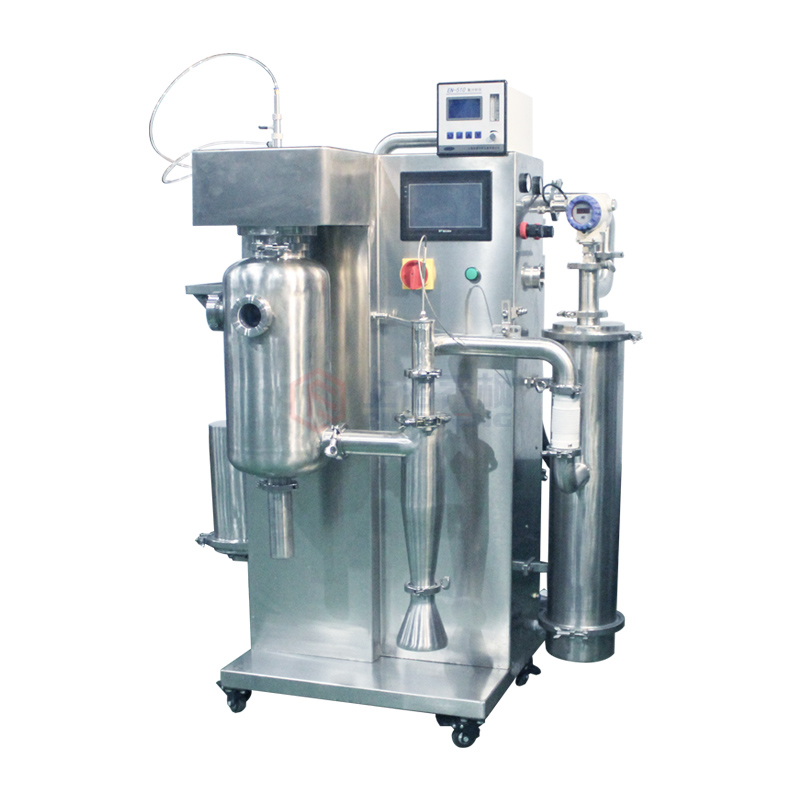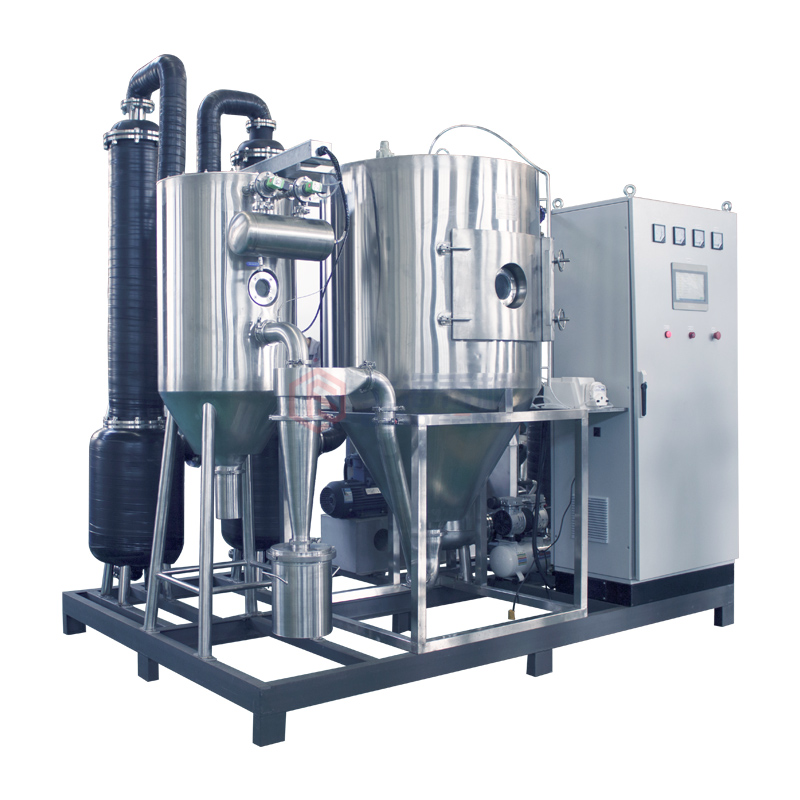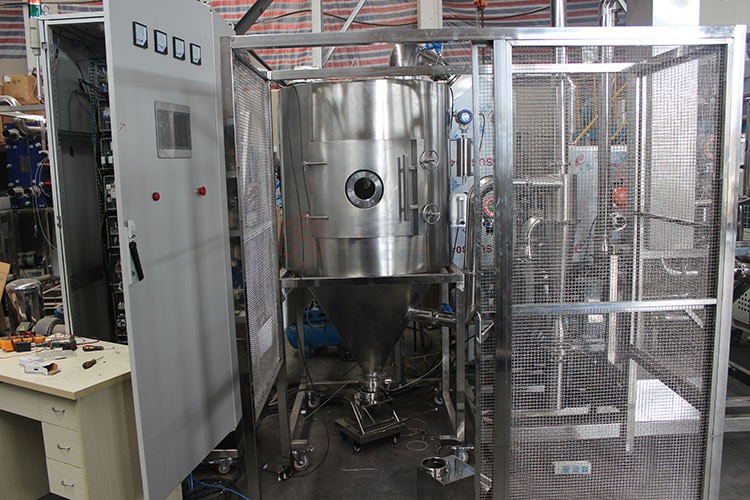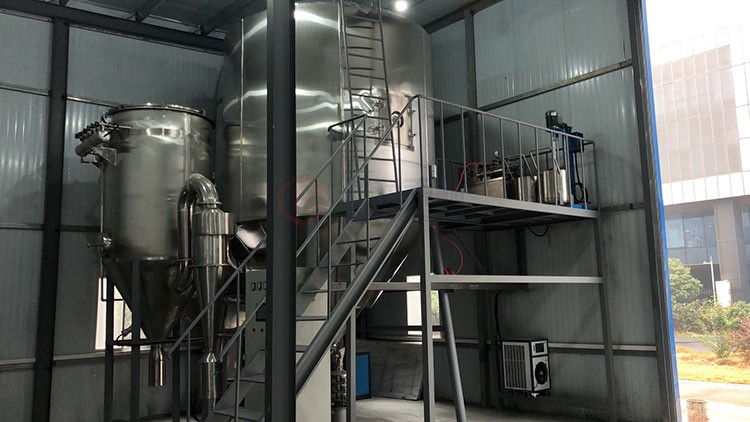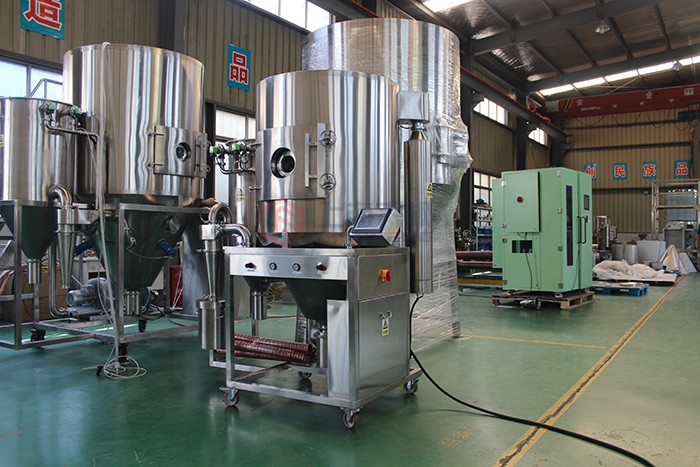Sewage and wastewater introduction:
For a long time, wastewater containing multiple microorganisms in rivers and canals has been ignored, which has also brought many problems to urban environmental governance. As the country's economic strength increases and the country's awareness of environmental protection increases, the urban sewage treatment industry has developed rapidly, and the output of urban wastewater has increased. The issue of wastewater treatment and development and utilization has received increasing attention. The dry treatment of wastewater makes it possible to use it for agricultural purposes, use it as fuel, incinerate and even reduce landfills.

What is the effect of spray drying of wastewater:
The wastewater spray dryer can dry materials with 90% water content into finished products at one time. Aiming at the characteristics of easy agglomeration and agglomeration in the drying process of wastewater, the tray structure of the ordinary single-channel dryer is changed, and the combined self-cleaning device is adopted, which greatly expands the application range of the single-channel dryer. Channel dryer. It can not only dry all types of wastewater, but also dry various high-viscosity materials.

Sewage and wastewater spray drying method:
Waste water enters the guide plate of the spray dryer from the feeder through the chute. As the drum rotates, the waste water is guided to the inclined lifting plate, then lifted to the center of the drum, and gradually falls to form a material curtain. Air flows through it, preheating the waste water and evaporating part of the water. When the waste water overflows and moves to the movable grate wing, the material mixes with the preheated grate wing, which transfers heat to the material and causes a portion of the water to evaporate. At the same time, the cleaning device buried in the material slides down to the inside of the curved lifting plate to clean the material adhering to the inner wall of the lifting plate


